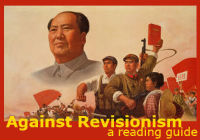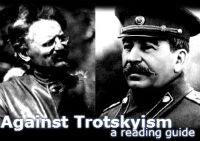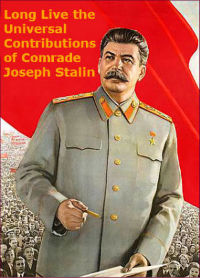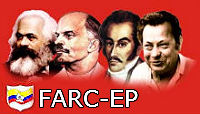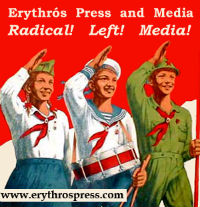The following statement from the Central Committee of the Communist Party of India (Maoist), North Regional Bureau, from July 3rd 2010, is from the website Banned Thought:
- It is not an encounter at all!! It is a cold blooded murder by AP Police!!
- Red Salutes to Martyrs com. Azad (Cherukuri Rajkumar) and com. Hem Pandey (Jitender)!!
- Let us avenge the killings of the beloved comrades by the khaki clad fascist gangs of AP government!!
Azad was arrested at Nagpur on June 1st along with com. Hem Pandey
On June 1st, the notorious Andhra Pradesh Special Branch Police for its abductions and cold blooded murders, have arrested com. Azad, Polite Bureau member and Spokesperson of CPI (Maoist), and com. Hem Pandey, a zonal committee level comrade in Nagpur city around 11’o clock when they went to meet a comrade who was supposed to receive them from Dandakarnaya zone. Com. Azad reached Nagpur around 10 am on the fateful day along with com. Hem Pandey, after travelling from long distance. With specific information, the lawless goons of AP SIB abducted them, perhaps flown them in a helicopter, to Adilabad jungles near Maharashtra border and killed them point block and in cold blood.





 The following article by Saroj Giri is from
The following article by Saroj Giri is from 


